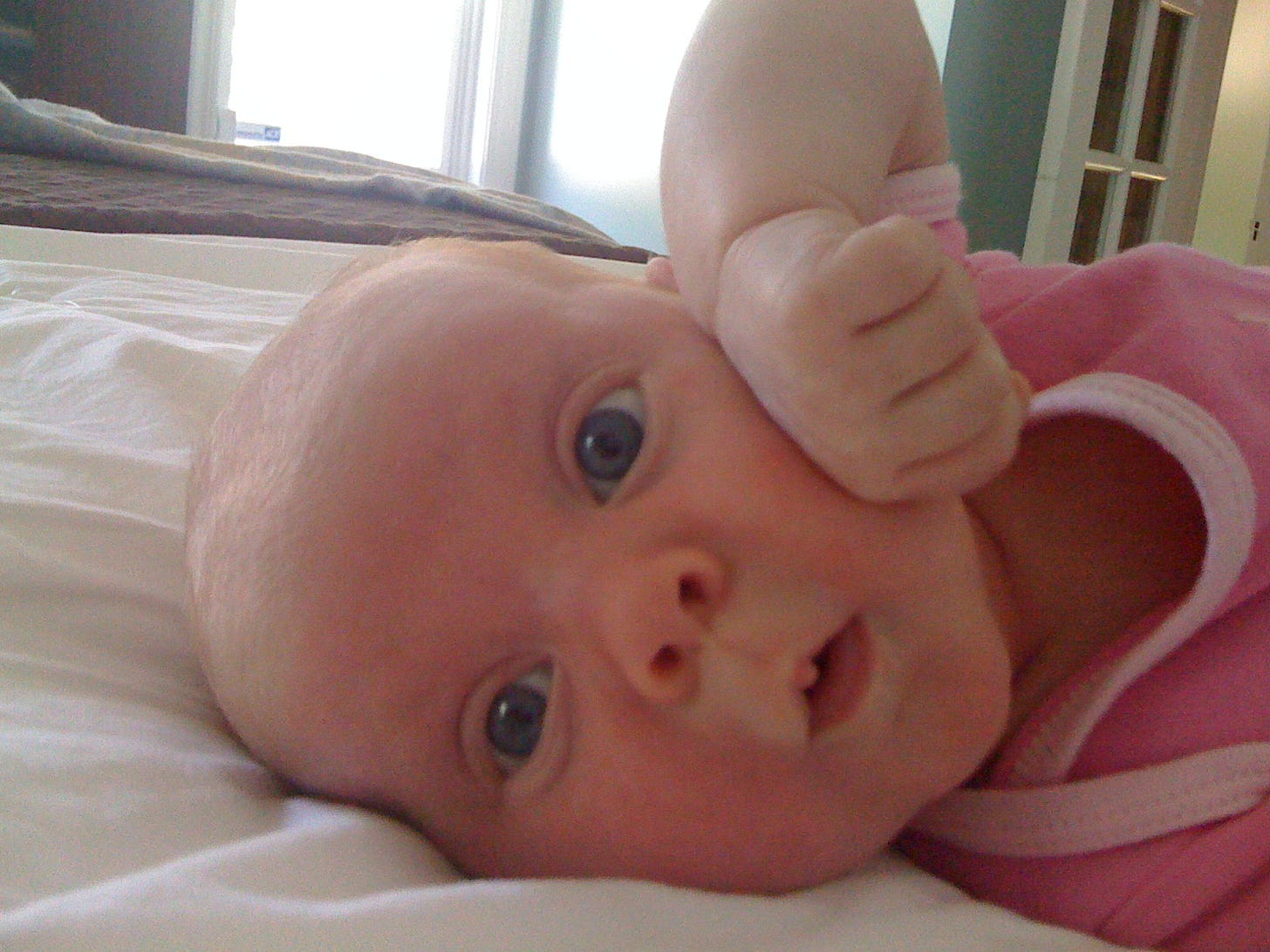Facing the Unknown
And shining a light where there was once only darkness.
The doctor just handed her to me, but I hadn’t the foggiest idea of what to do with a newborn. I had a disposable camera in one hand (because of course I’d forgotten my phone) and my baby daughter in the other. My worries then ranked from the insane (What if she eats my camera!) to the absurd (What if she eats my cam…
Keep reading with a 7-day free trial
Subscribe to The Philanthropy Network Newsletter to keep reading this post and get 7 days of free access to the full post archives.


